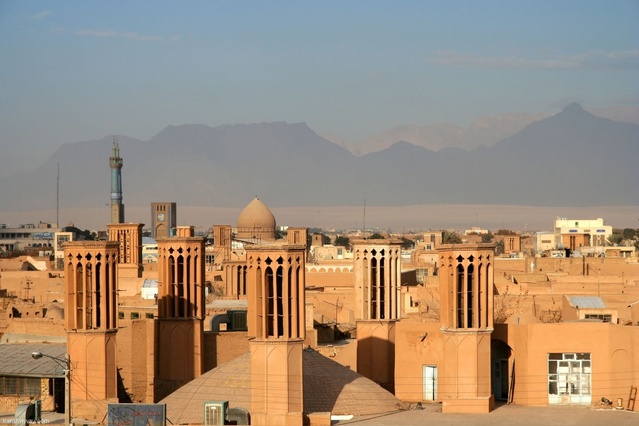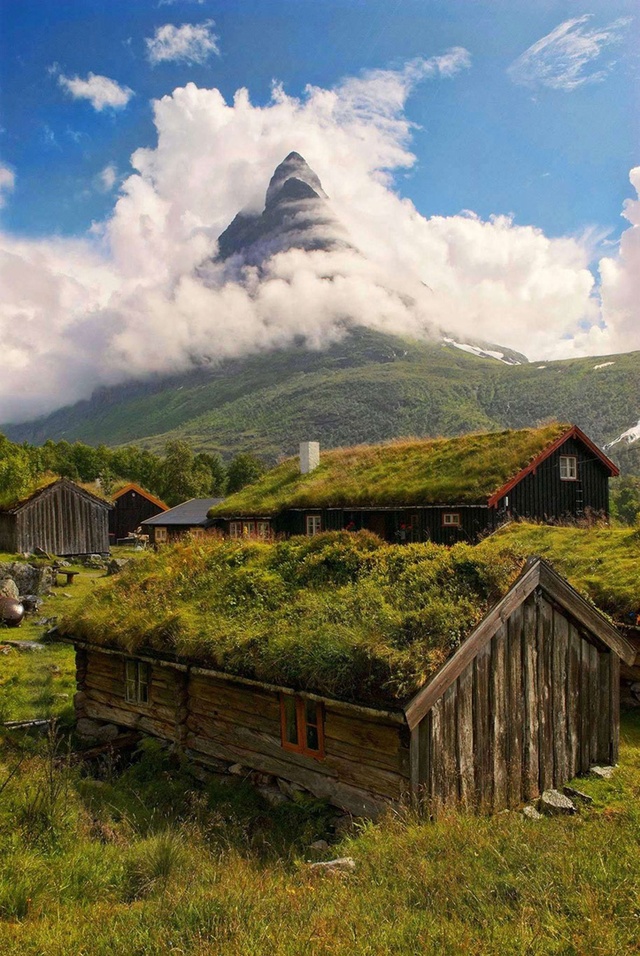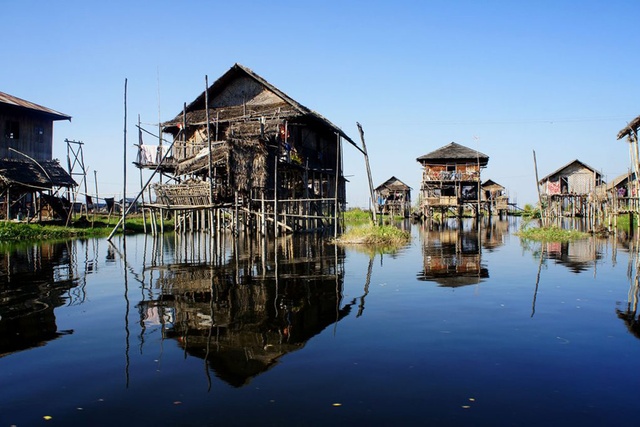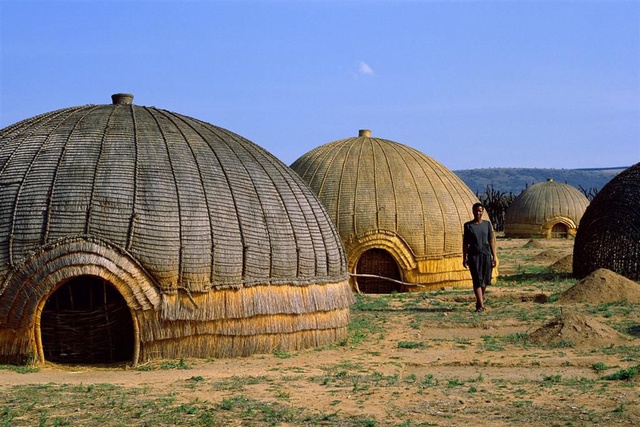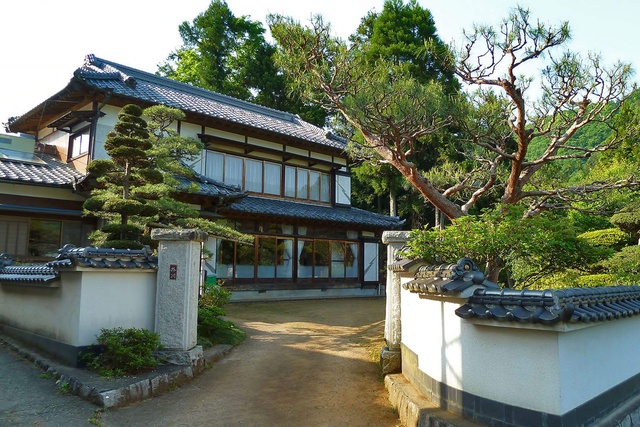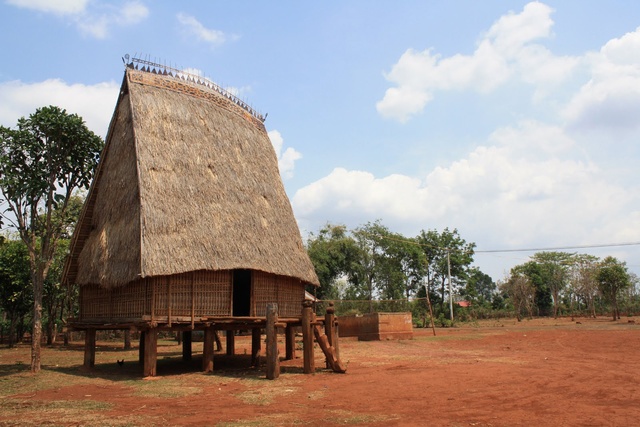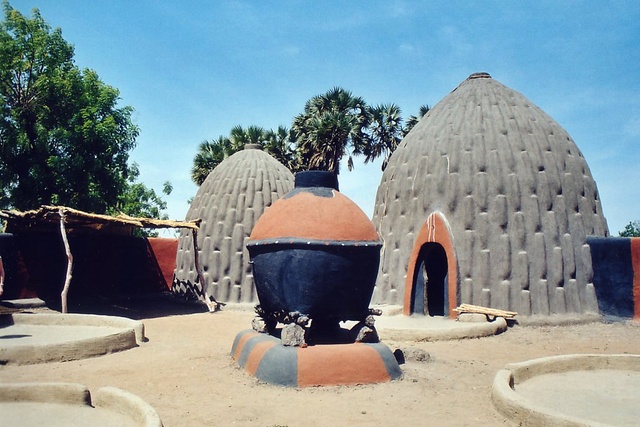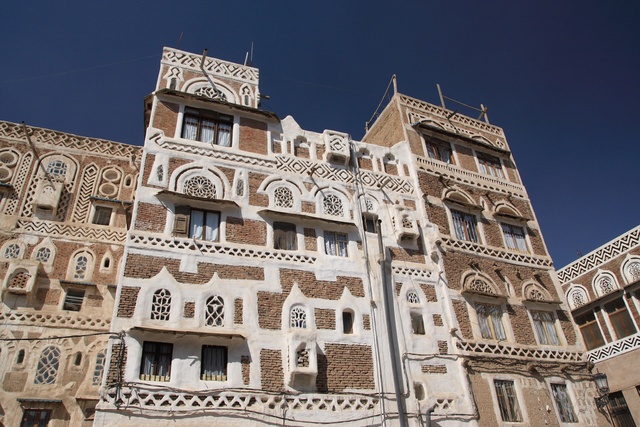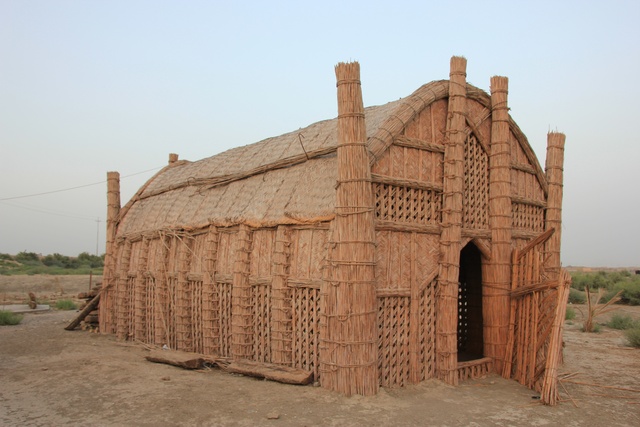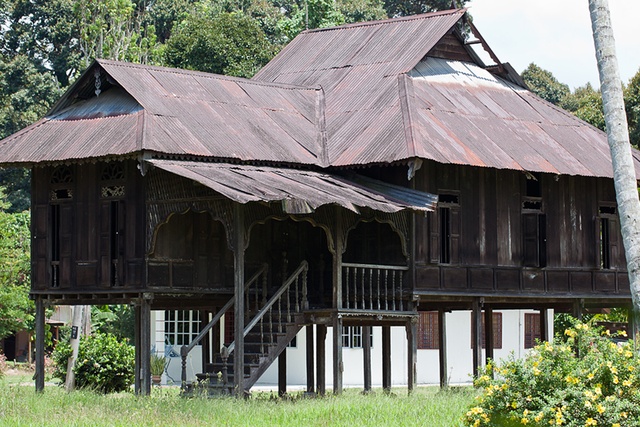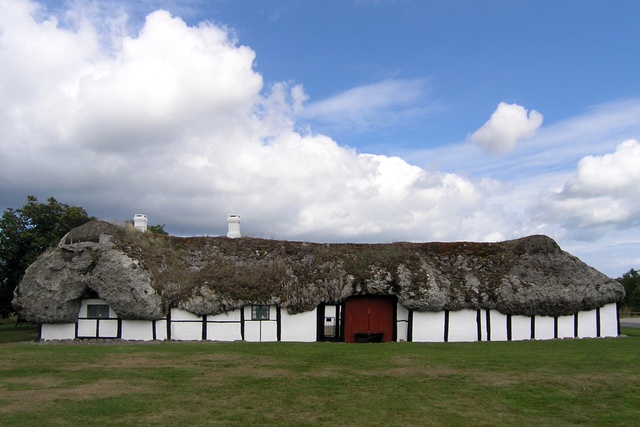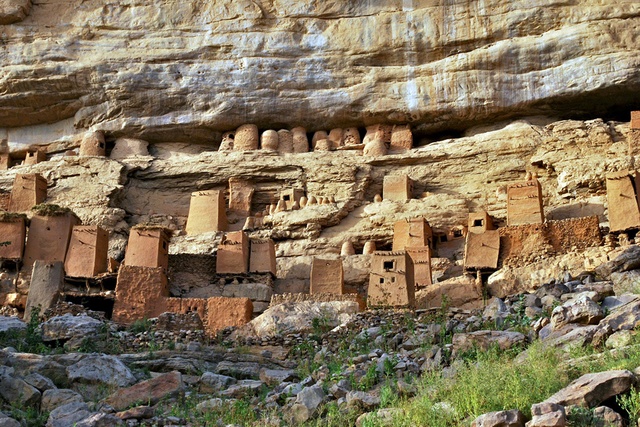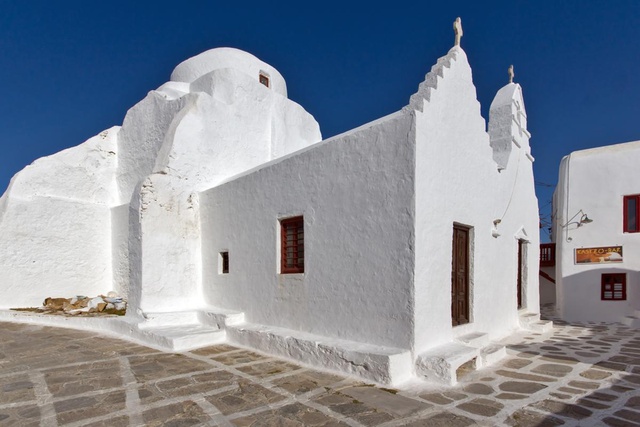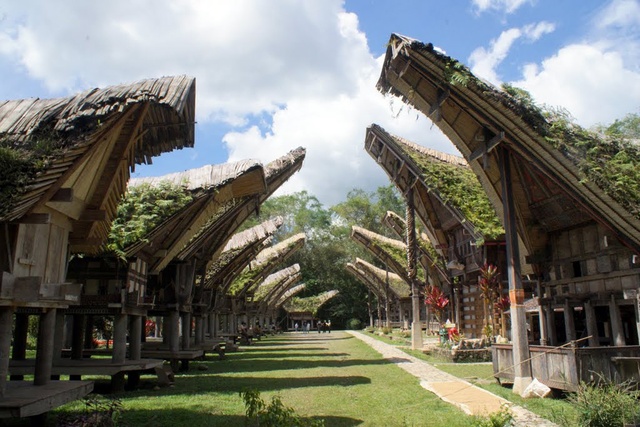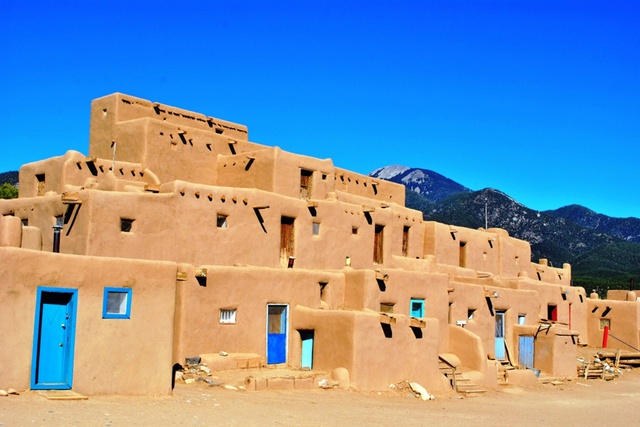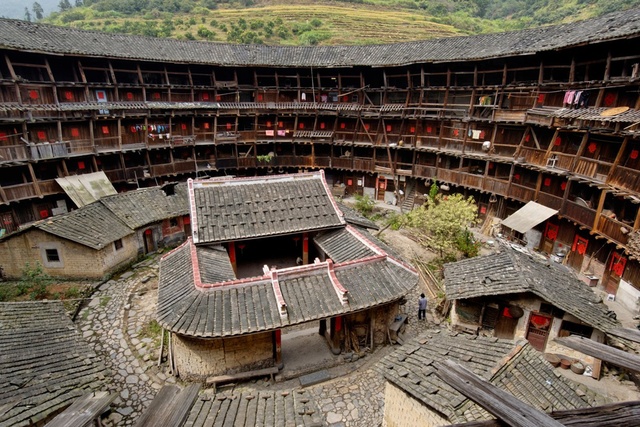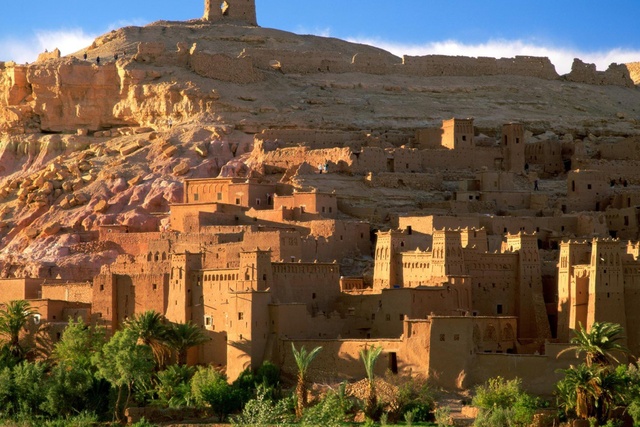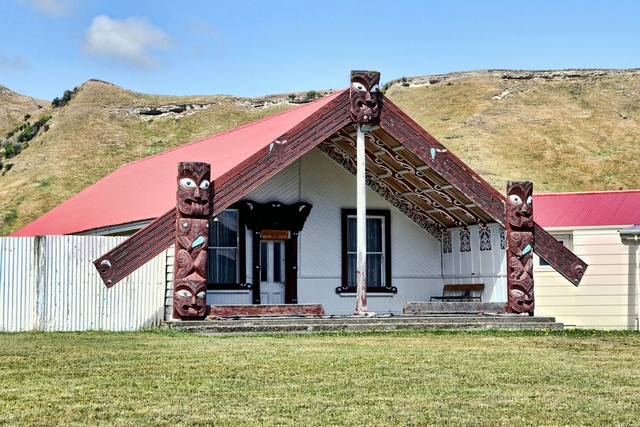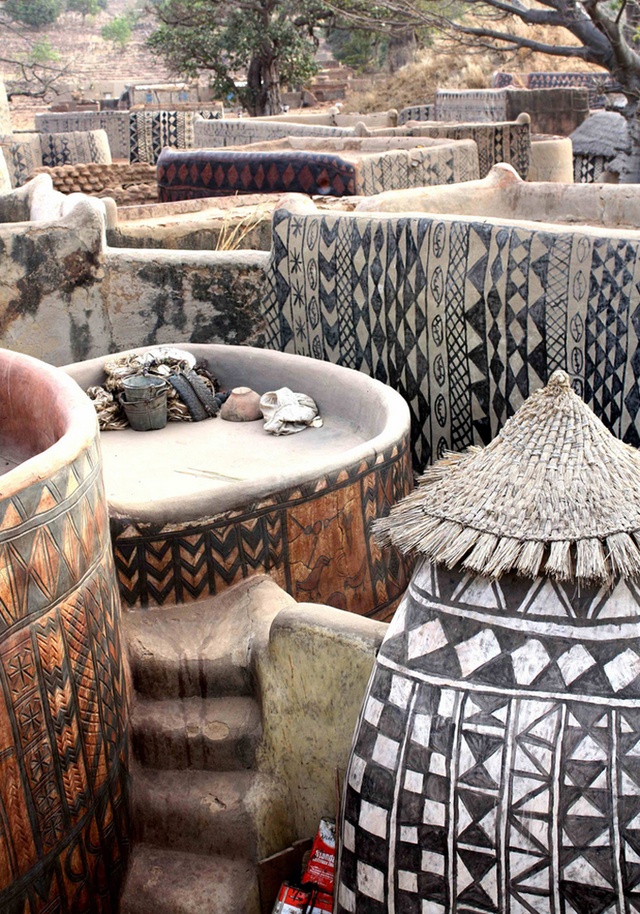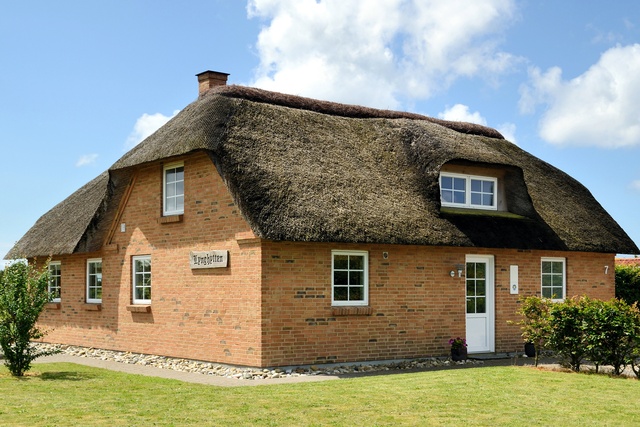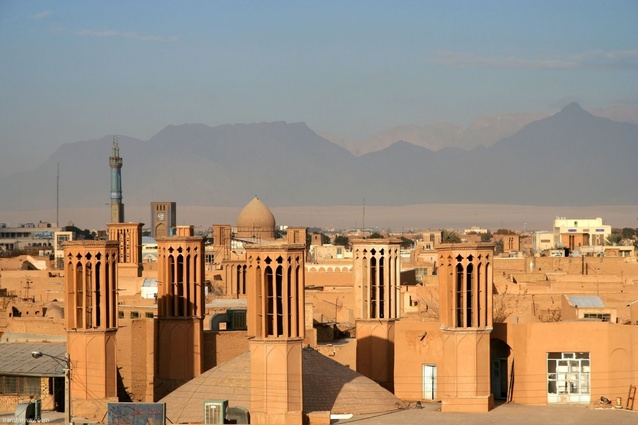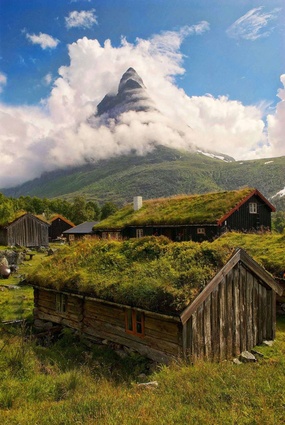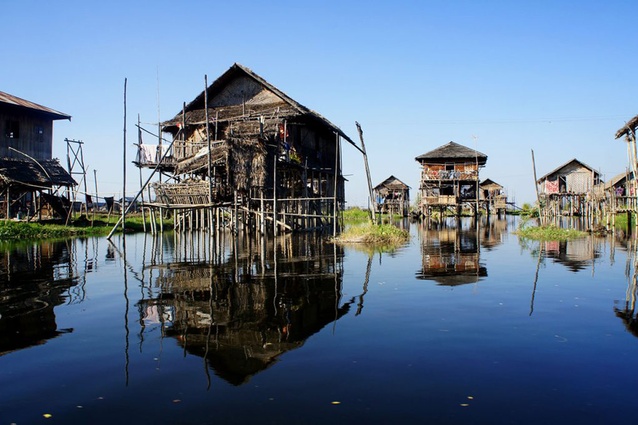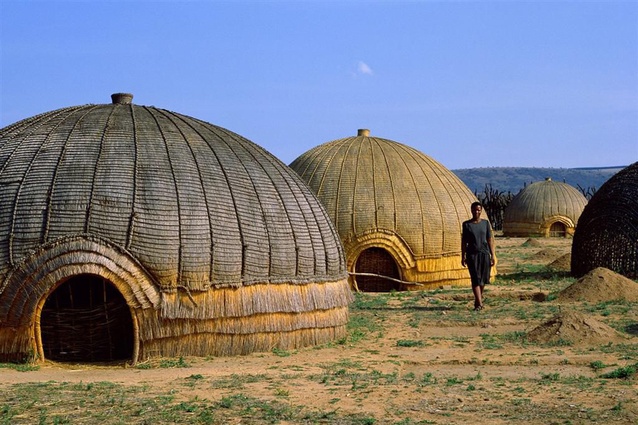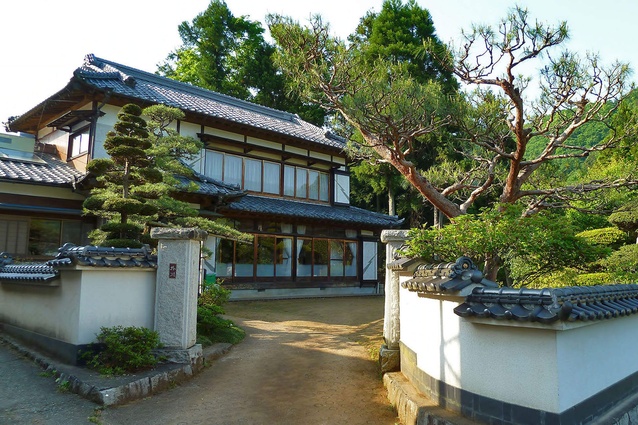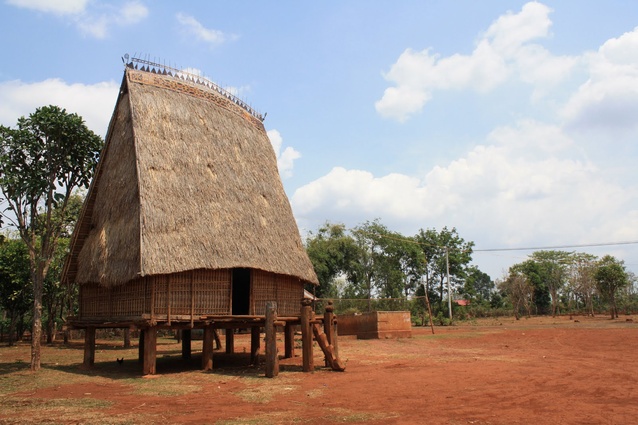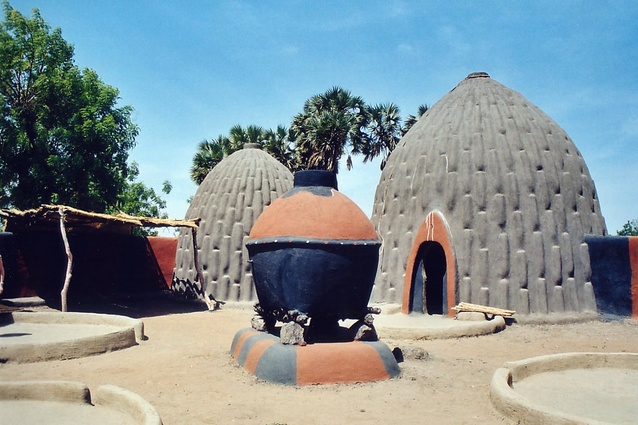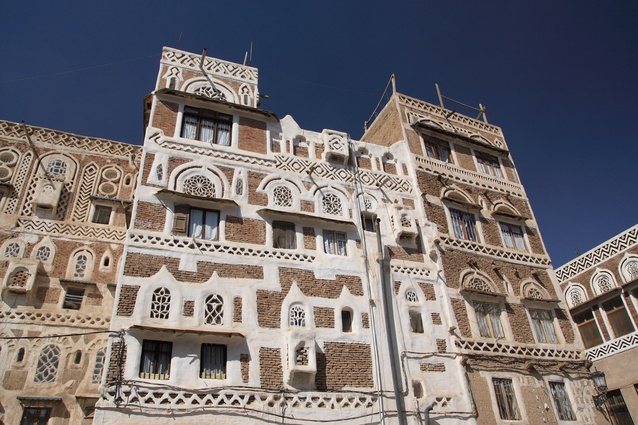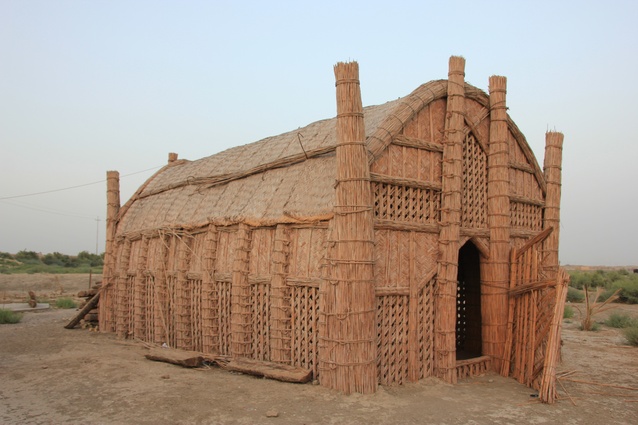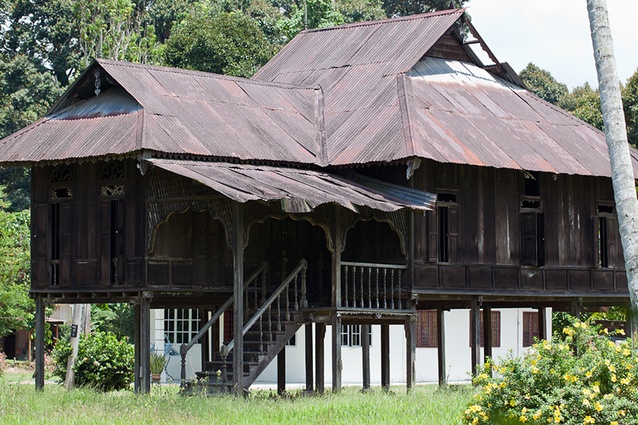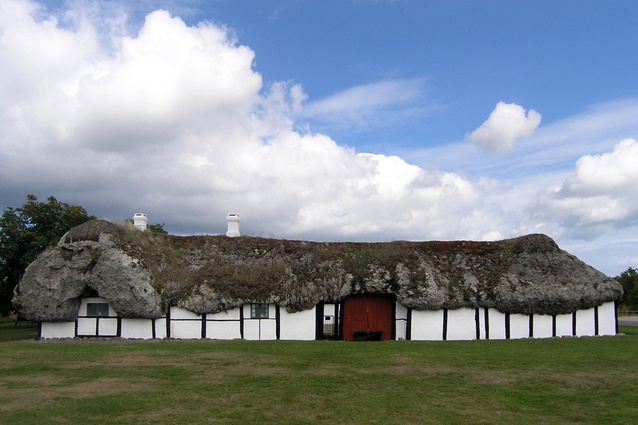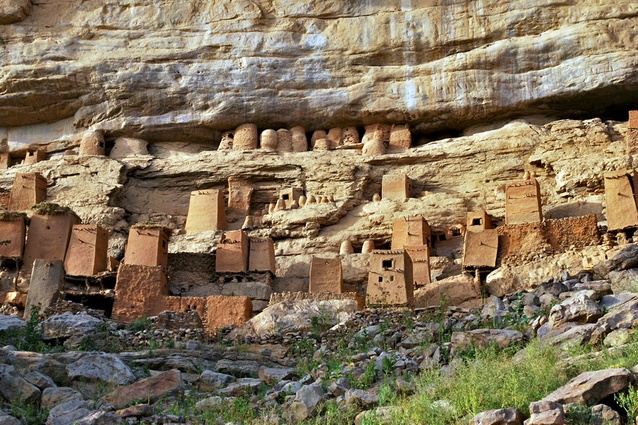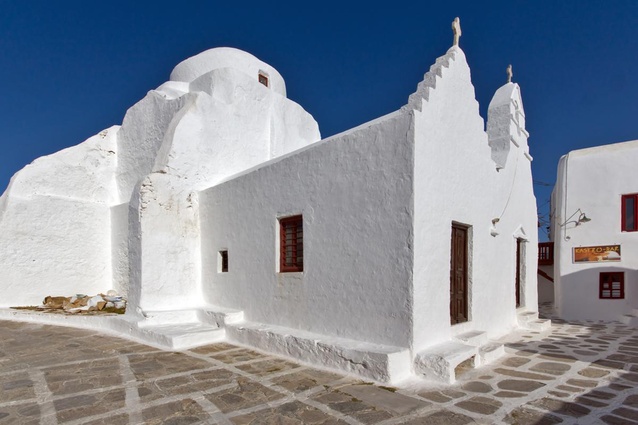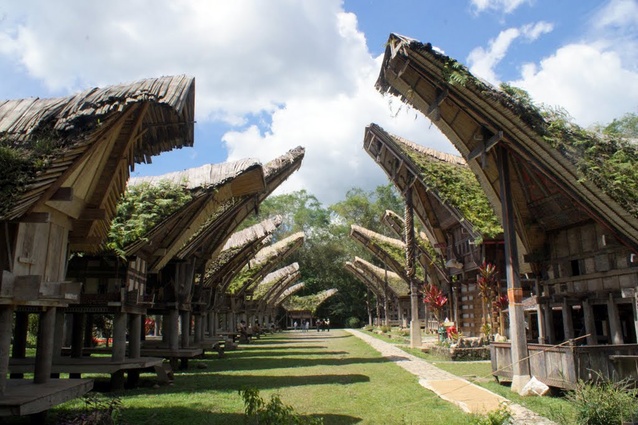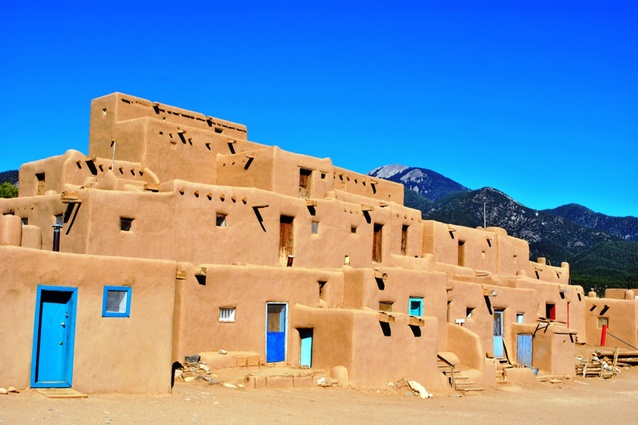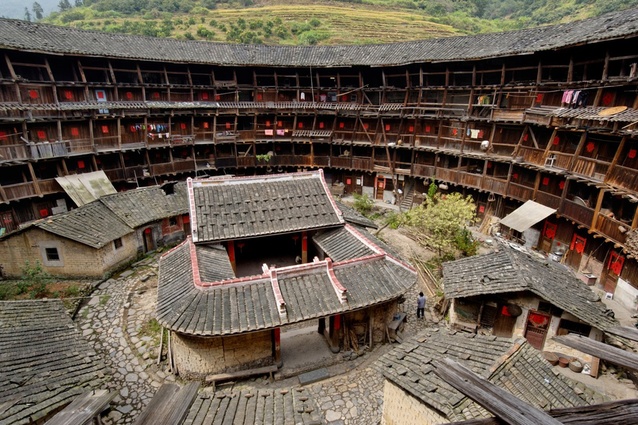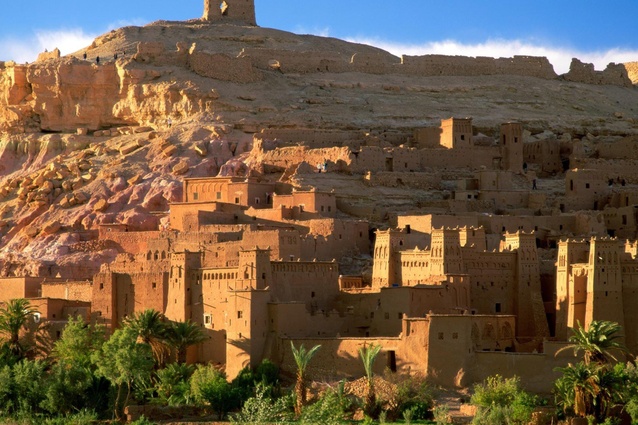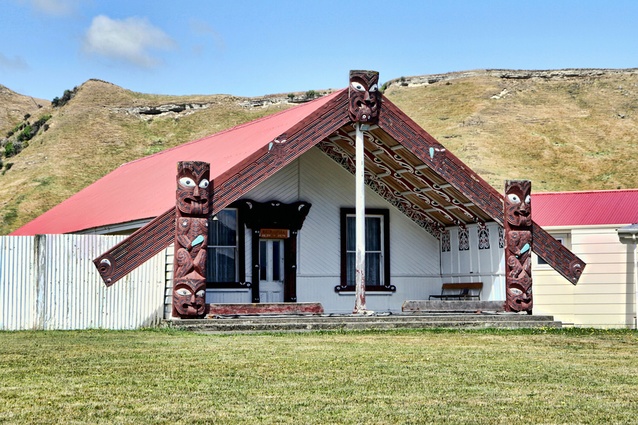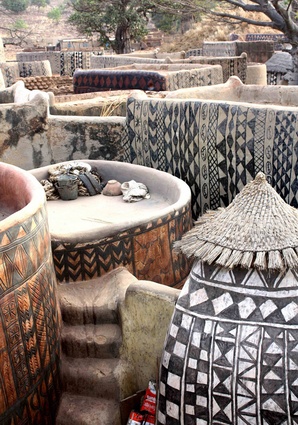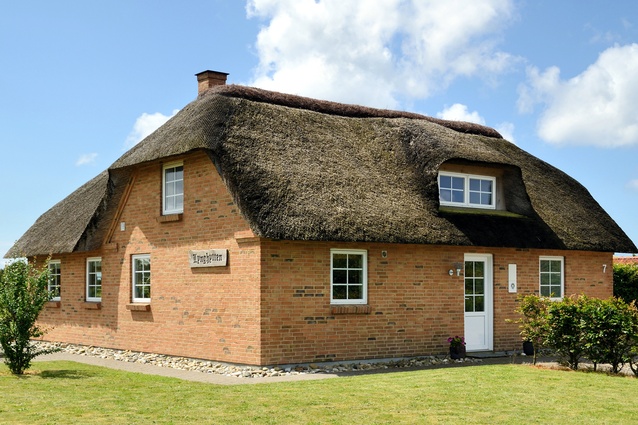For the people, by the people
The word vernacular is derived from the Latin vernaculus, meaning ‘domestic, native, indigenous’, and in the architecture sense means much the same: functional, community-built structures that take advantage of local materials and resources and respond to the climate, culture and surrounding landscape.
This is architecture before the architect – or as professor Charles Walker says, “some people think that vernacular architecture is an oxymoron – a kind of ‘unselfconscious architecture’ that responds to a place and circumstance and materiality, whereas architecture is a highly conscious activity”.
Vernacular – also known as traditional, folk and popular – architecture is almost by definition both sustainable and energy efficient. The forms of these low-tech structures are heavily influenced by the macro climate and local knowledge is utilised to effectively design them to mitigate these climatic conditions and to create dry, warm and well-ventilated buildings.
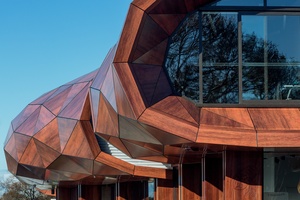
Areas with frequent flooding often feature dwellings on stilts, and buildings in warm climates are generally constructed of lighter materials, with plenty of cross-ventilation to maintain stable interior temperatures. In areas with high winds, buildings will be oriented accordingly for maximum shelter and safety.
Out of necessity, the use of resources and materials that are located close to the site ensures cost-effectiveness and means that time, effort and embodied energy is not lost in the transportation of goods to the construction site.
The particular set of materials that is easily available in the area governs many aspects of vernacular building, and these can range from timber, mud and stone to more unusual materials such as seaweed or palm fronds. Over time, the architecture of these dwellings, villages and communities often reflect a very specific and easily identifiable geographical locale.
Local culture and way of life are also huge influences on the appearance of vernacular structures. Aspects such as how people interact, religious values, how food is prepared and eaten and the size of family units all have an impact on the form of these dwellings. Often, buildings are decorated in accordance with local beliefs and customs, which can take the form of carvings, paintings, reliefs and the like.
Modern architects have long studied vernacular buildings, taken inspiration from their forms and included various aspects in their designs. In 1910, Frank Lloyd Wright wrote: “Buildings growing in response to actual needs – fitted into environment by people who knew no better than to fit them to it with native feeling – are better worth study than highly self-conscious academic attempts at the beautiful”.
In New Zealand, architects have been interested in the vernacular since the 1930s. Architectural historian and writer Bill McKay says, “Modernists such as Vernon Brown and The Group drew inspiration from structures such as the meeting house and the wool shed – anything not imported – because they saw it as simpler, more truthful and related to landscape, material and climate”.
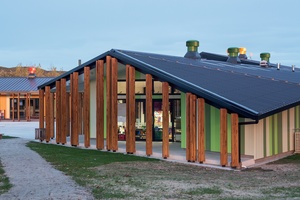
In 1951, Auckland’s The Group architects cited Māori precedents when discussing their first two houses with journalists: “The Māori lived here for hundreds of years… they evolved a style of house suited to the climate, and that is exactly what we are doing”.
Today, designs that draw on New Zealand’s traditional architecture are not as popular as they once were in the 1970s or 80s due to the cyclic nature of architectural trends, however Māori vernacular forms can still be seen in various modern buildings across New Zealand, including churches, community centres and schools such as RTA Studio’s kura kaupapa in Wairoa.
The Wairoa kura kaupapa has been designed around the idea of ley lines and the primary wing of the school references the wharenui as an indicator of community. RTA Studio’s director Richard Naish describes the approach as an “interesting way to think about Māori architecture, as containing oral history and stories and along points of lines”.
Vernacular architecture reflects the skills, technology and traditions of local cultures. Although somewhat diminished during the modern era, McKay believes it will still always have a place in today’s world, because “this architecture is created by people who have lived in the landscape for 1,000 plus years, so it has a strong relationship with materials and climate. This is architecture that is of the landscape, of the people and of the society.”
See below for 20 examples of vernacular buildings from across the globe.
